PS4 Pro review
The PS4 Pro was Sony’s most powerful console before the launch of the PS5, but even following the launch doesn’t take away from the fact it’s still a significant bit of gaming kit. Its slick design and 4K capabilities mean it still performs incredibly well, even when compared to its next-gen equivalent.
Now that the PS4 Pro has been discontinued finding a brand-new one may pose a challenge. Luckily, a pre-owned one isn’t out of the question, and there’s always a chance you may find a decent standard PS4 bundle, but if you’re looking for the latest specs and gaming experience, looking for PS5 bundles may be a better alternative than just a PS4 pro.
Our review of the PlayStation 4 Pro below details everything you need to know about Sony’s 2016 mid-generation upgrade. We've covered the specs, outlined the capabilities and listed some of the games that are great to play. There are other important things to mention too, like whether you should grab a PSVR headset to go along with the PS4 Pro.
The PS4 Pro has the same impressive back catalogue of titles as the standard PS4. The titles released for the PS4 Pro will continue to work on the original console (as well as the PS4 Slim). While the PS Now service is now defunct, you can still get a wide library of games with a PS Plus Extra or PS Plus Premium subscription.
The big question is: should I get a PS4 Pro? That largely depends on what kind of TV you own, and what kind of console you have at the moment. If you don't yet have a PS4 console, then the PS4 Pro gives you 4K capabilities (on some titles) and extra power over the PS4 Slim, in return for paying a bit more money.
You should also note that Sony's PS4 Pro system has a few deficiencies in the home entertainment department: particularly in not having an Ultra HD Blu-ray player installed. If that's important to you, you might need to look elsewhere. Keep reading for our full review of the PS4 Pro.
PS4 Pro: FAQ
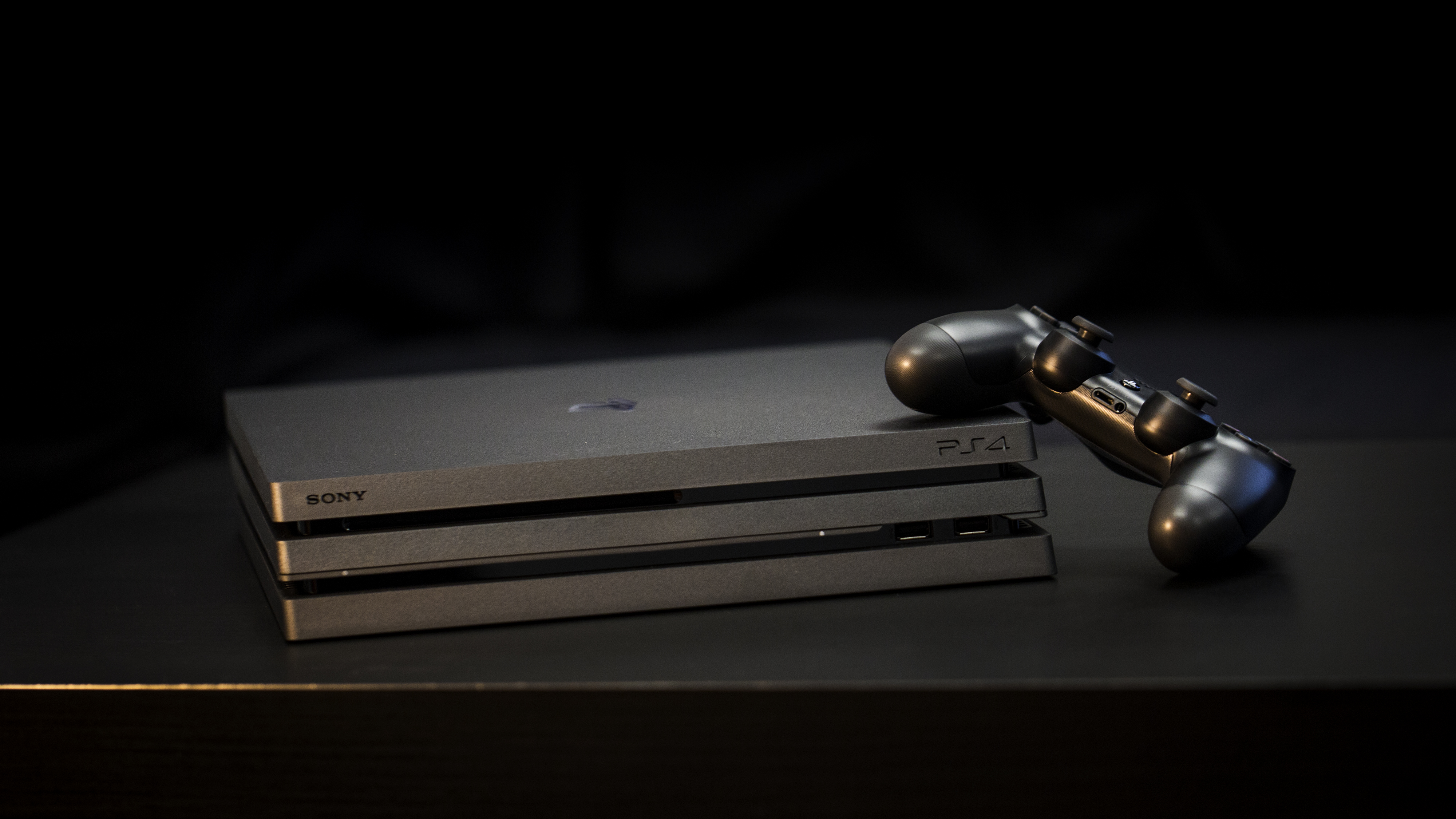
What’s the difference between the PS4 and the PS4 Pro?
On one hand, there’s isn’t much difference. Both consoles allow you to play the same games, use the same peripherals, and give you access to the same PlayStation Store – but when it comes to the look and feel of the games you play, you're getting a completely different experience.
The PS4 Pro is Sony’s more premium PS4 console. It plays games in a higher resolution (4K) and often in High Dynamic Range (HDR). It's a little more expensive than the regular PS4 was, but that's because it uses slightly different hardware to get better results in terms of performance. Check out our guide to the main differences between the PS4 Pro vs PS4 for more.
Is the PS4 Pro true 4K?
Yes, but games will need to receive a PS4 Pro patch to enable these more detailed resolutions. We only point that last part out because it's up to game developers themselves to issue those patches and ultimately utilize the more powerful hardware. No PS4 Pro mode, no PS4 Pro performance.
Now, it's worth noting that should you want to see what games in 4K HDR look like, you're going to need a 4K HDR TV - your old 1080p screen probably won't see a benefit outside of a few extra frames.
Is it worth buying a PS4 Pro without a 4K TV?
That depends. Without a 4K TV, you won’t be able to take advantage of the superior viewing offered up by the PS4 Pro. But the Pro does offer plenty of other benefits for those with 1080p screens. For example, many of the games with Pro patches do boast a sharper image while many also run at higher frame rates compared to the standard PS4.
What games are native 4K on PS4 Pro?
Loads of games run 4K natively on the PS4, including Red Dead Redemption 2, Marvel’s Spider-Man and No Man’s Sky. You can check out our full guide to the best PS4 Pro games to see them all.
PS4 Pro: design

- Slightly bigger than standard PS4
- Additional 3.1 USB port on the rear
- Upgraded Wi-Fi and Bluetooth
We wouldn't say the PS4 Pro's design is a complete copy of the original PS4's, there are a lot of similarities – the first being the decision to keep the console a flat parallelogram.
When Sony first unveiled the PS4 Pro, there were jokes that the system felt like two PS4s stacked on top of one another, but the second you pull the system from the box that observation becomes less of a joke and more a fair observation.
Compared to the original PS4's 27.5 x 30 x 5.3 cm package, the PS4 Pro takes up a bit more shelf space at 29.5 x 32.7 x 5.5 cm (W x L x H). It's both a little wider and a little taller than the original PS4, and a fair bit heavier, too (though unless you carry your console around a lot, that's unlikely to matter).
The system is encased in a matte black shell, similar to the one used on the PS4 Slim released in September 2016. However, this time around you won't find rounded corners along the edges – the PlayStation 4 Pro is sharp in every sense of the word.
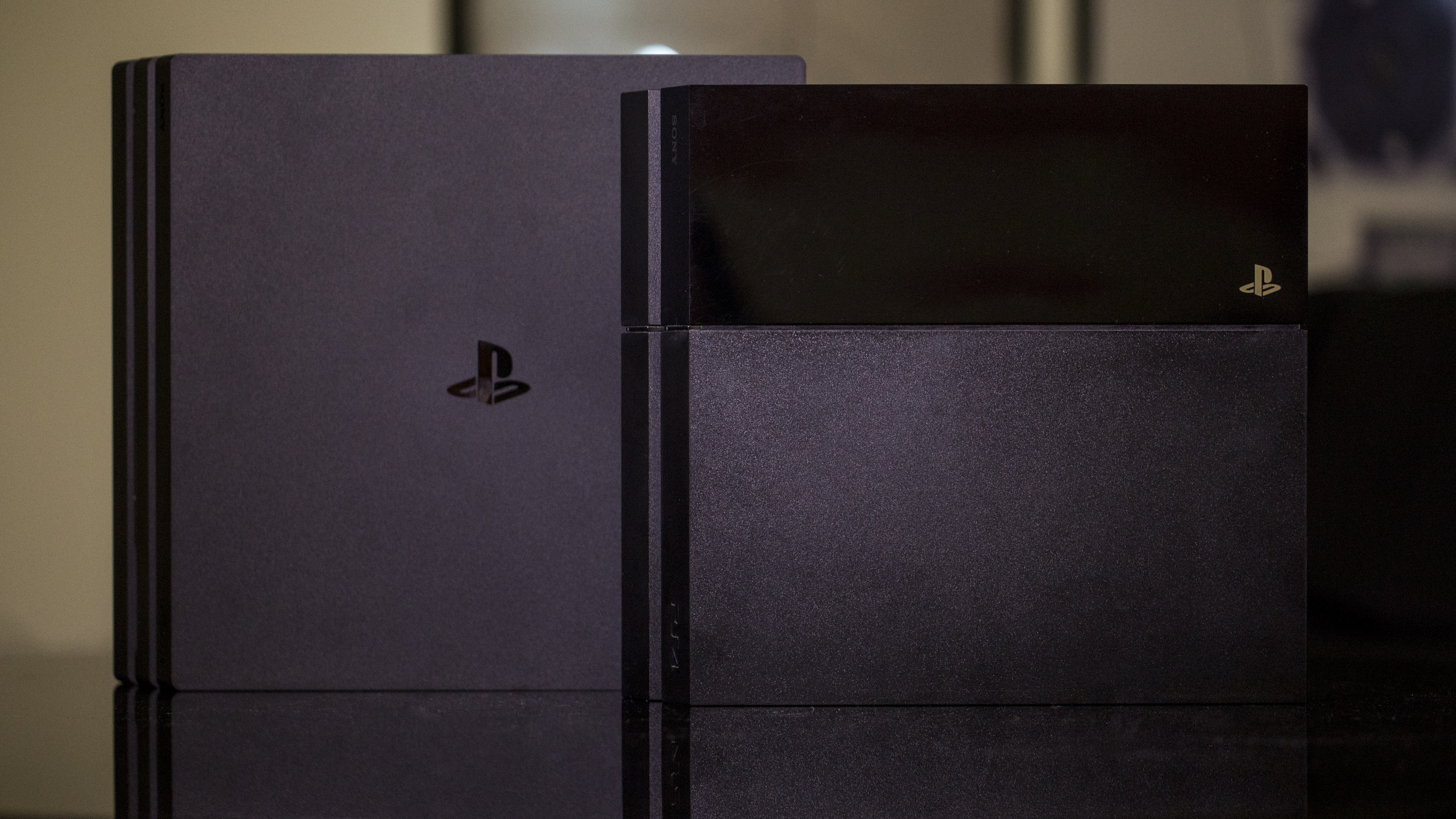
Another design difference is the silver PlayStation logo that sits in the center of the top surface, adding a nice touch of elegance. The PS4 Pro also uses a bulkier female connector on its power cable to draw more power, instead of the generic two-prong cable Sony has traditionally supplied with every PS4.
On the front of the console, you might notice that there are no touch-capacitive buttons: Sony has decided to ditch the accident-prone pads for more traditional plastic buttons, but they do the job just the same.

Next, let's talk inputs and outputs. You've got two Superspeed USB 3.1 ports on the front of the PS4 Pro and one on the back, used for syncing and charging controllers, as well as connecting your brand new PlayStation VR, should you buy one. HDMI 2.0a, Ethernet, optical audio and PlayStation Camera ports line up along the back next to the power connector.
You won't find an HDMI input port here like you would on the Xbox One, but Sony's workaround to its cable conundrum, PlayStation Vue, is an arguably effective one.
One final point here: while the exterior is nice, Sony has spent more time working on the inside of the console. Inside is a larger 1TB hard drive, which is 500GB more than you'll find on the original PS4 or the base model of the PS4 Slim. There's also an improved Wi-Fi antenna that uses dual-band 802.11ac wireless and Bluetooth 4.0 instead of 802.11 b/g/n and Bluetooth 2.1.
While the swapping out of a Wi-Fi antenna may not seem like a big deal, it helps the PS4 Pro download games faster: a 160MB game (Pac-Man 256) downloaded in under a minute on a 15Mbps connection, something that should have always been the case but wasn't on the original PS4.
PS4 Pro: controller

- Minor changes made
- Can be used in wired or wireless modes
- Light bar added to the front
A new system needs a new PS4 controller, and Sony obliges here – the controller that ships with the new PS4 Pro is the same one that will also ship with all PlayStation 4 Slim systems going forward.
It is, essentially, a very small iteration on the DualShock 4 controller you've probably been using for years. There's now a light bar built into the touchpad – a nice feature when you don’t want to turn the controller over in your hand to find out what player you are – but more importantly the triggers have been tweaked and it feels a bit lighter in the hand.
Plus, as we pointed out in the PlayStation 4 Slim review, the controller can also switch seamlessly between Bluetooth and wired mode when it's connected to the system via USB cable. While that might not sound like a huge addition, for a pro gamer it can mean the difference between a win (and a pot of esports prize money) or a loss.
PS4 Pro: performance

- Simple, if slow, data transfer process
- Limited benefits for 1080p TV owners
- Looks great on a 4K TV
- Substantial improvements for VR
Once you have your new PS4 Pro hooked up, it's time to turn it on and get it set up, and thankfully setting up the PS4 Pro is lightning-fast. You can cruise through the menus without breaking much of a sweat, inputting the basics like which time zone you're in, your Wi-Fi network ID and password, and which language you'd like to use.
Transferring data from an earlier iteration of the PS4 is relatively straightforward: hook both systems up to the same Wi-Fi network, connect them to one another via an Ethernet cable, and you're good to go. We had about 158GB of data on our old PS4, and that took about an hour to transfer to the PS4 Pro.
We really like how easy Sony has made it to transfer the content from one PS4 to the next – and even though we had to wait nearly an hour and a half, when the process was complete we had everything from our old console set up in exactly the same way on our new machine.
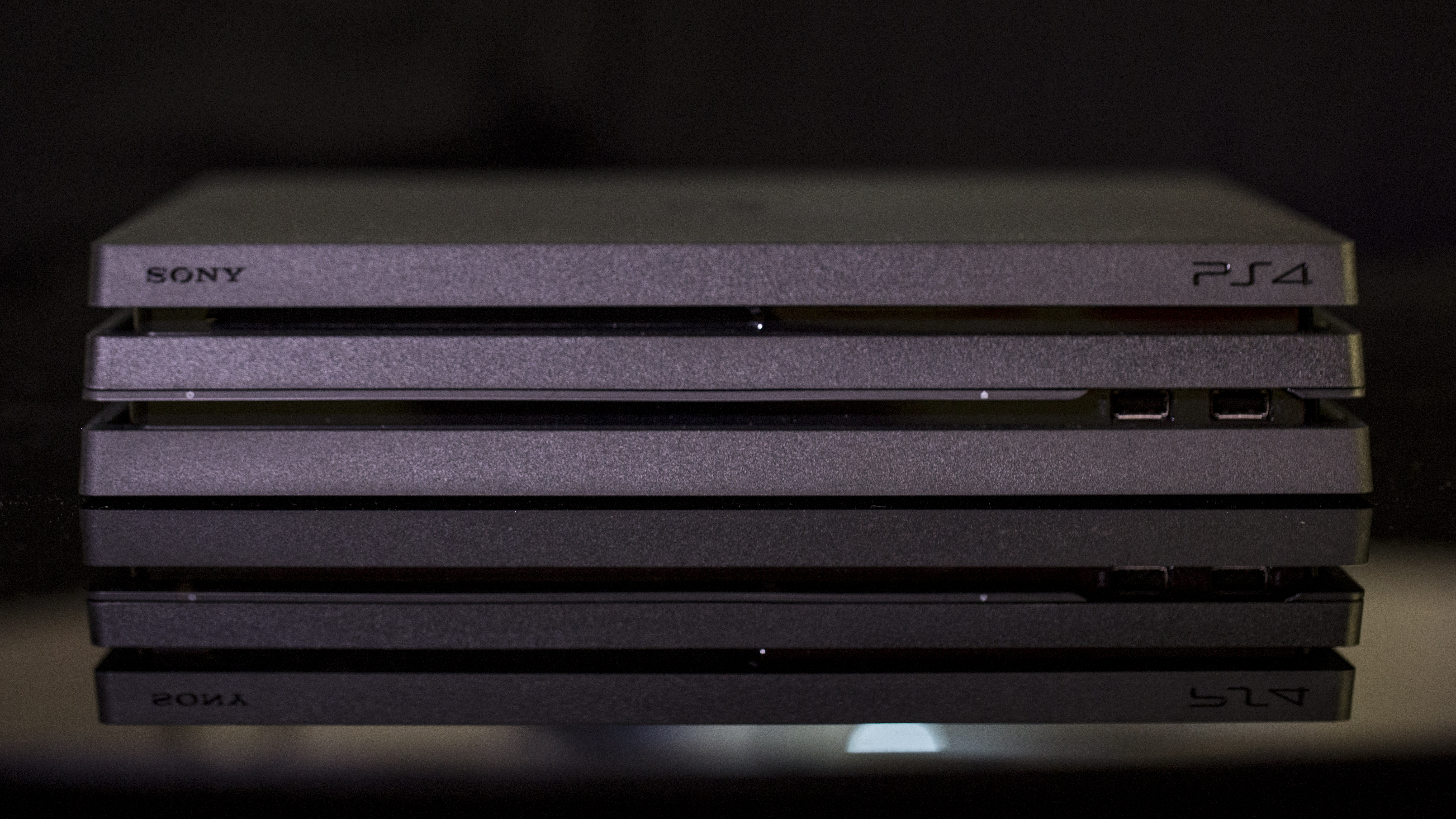
But let's get to the meat and potatoes here: actual performance. As you might know, the PlayStation 4 Pro's biggest draw is that it offers "enhanced performance" for a growing pool of your favorite titles – including all games released on PlayStation VR – as well as 4K HDR streaming from Netflix.
Increasingly, games built for the PlayStation platform in the future will be taking advantage of the enhanced processing power as soon as they've been released.
Enhanced performance can manifest itself in different ways – one way might be that games will play at 4K resolution at 30 frames per second; another might be more detailed textures, or even the option to choose a higher frame rate at 1080p resolution. It's up to developers to choose how they want their games to take advantage of the upgraded processing power of the Pro in a feature Sony calls "Pro Mode."
There are now tons of games that support Pro Mode in some way, shape or form. You can read our top picks in this PlayStation 4 Pro Games roundup, but some highlights of the list include The Last of Us Remastered, The Elder Scrolls: Skyrim Special Edition, Titanfall 2 and Uncharted 4: A Thief's End.
So what can you expect when you pop in some of these games? We've broken down the performance based on what screen you'll be potentially viewing it on.
PS4 Pro performance for 1080p TVs
Let’s start with the 1080p TV owners. Admittedly, the biggest draws to Sony's mid-gen upgrade are 4K and HDR functionality, both of which you'll be missing out on; but you will see a benefit in the frame rates of some of your favorite titles. In Rise of the Tomb Raider: 20 Year Celebration, for example, you can expect increased refresh rates that make the action feel a whole lot smoother, while textures get a bit of extra detail as well.
We weren't completely blown away with what the PS4 Pro offers for 1080p TV owners – while extra frame rates are a nice bonus, they're just not enough of an advantage to warrant spending the extra cash. But Sony didn’t design the Pro for 1080p, it was designed for...
PS4 Pro performance for 4K TVs
Here's where the PS4 Pro performance starts to heat up a bit. With a 4K TV in your living room, old games start to take on a whole new light – and that's especially true if your TV is HDR-capable. Games like Infamous: Second Son have been given a facelift to utilize both technologies, making particle effects pop off the screen and contrast ratios spike through the roof.
It's worth making especially clear here however, that the PS4 Pro isn't capable of outputting native 4K for all games – many titles that support 4K Pro Mode have been upscaled to that resolution. That doesn't mean games won't look absolutely incredible on your 4K TV, because they most certainly will, but don't expect as many genuinely rendered pixels as you do on a high-end PC just yet.
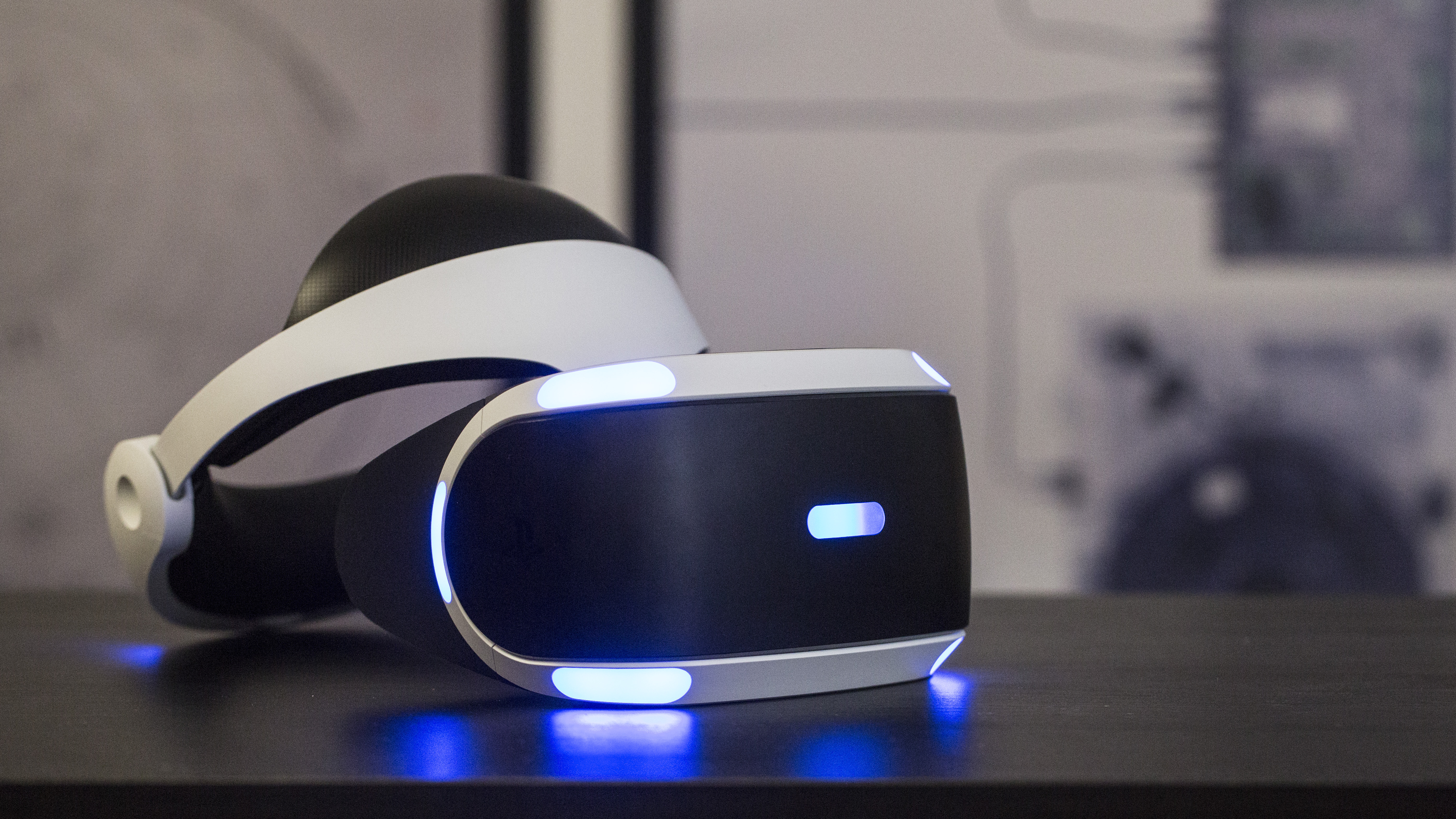
PS4 Pro performance for PlayStation VR
But there's one last area that we wanted to cover here, and that's how PS4 Pro enhances the PlayStation VR experience: even right from the consoles announcement, Sony Interactive Entertainment CEO Andrew House was touting the PS4 Pro's ability to enhance PSVR games.
We're happy to report that he's absolutely right – VR games run noticeably better on this machine. PS4 Pro Mode titles feel like they're not only better-looking, with more detailed textures, but they also feel a hair faster in terms of frame rate on the new system as well.
The bottom line? If you're new to the Sony ecosystem and plan on buying a PlayStation VR alongside your console purchase, you should definitely shell out for the PlayStation 4 Pro.
The PlayStation platform, nine years on
- Continued growth in services, including PlayStation Now, Spotify and 4K Netflix.
One of the greatest pleasures for a tech journalist is watching a platform blossom from a dawdling little toddler, devoid of any serious content and full of big ideas, to a fleshed out, fully functional battlestation. Nine years on, Sony still stands tall as the king of the consoles – even if Microsoft's Xbox One X gave it a fight for the ages this generation.
The PlayStation Store full of great content to purchase – with literally everything from super-niche indie darlings on there to big budget titles, movies and music available – and if feels like there's always something new waiting on the horizon too.
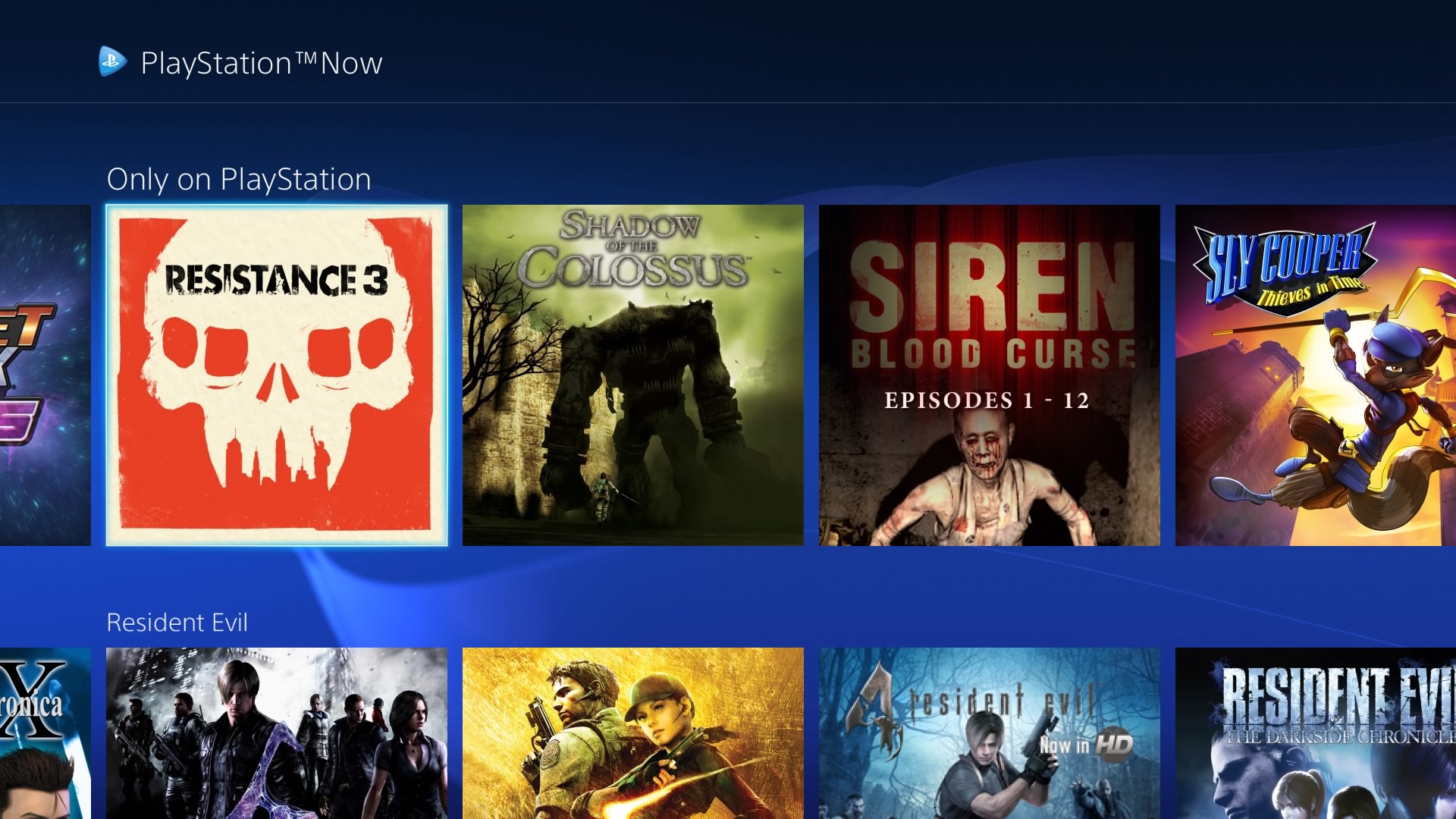
Every month or two brings with it a platform update that will meaningfully change the way you interact with the system – and that's why we feel so comfortable giving it a good recommendation.
Sure, you can find party chats, Twitch integration and apps like YouTube and Amazon on any platform, but Sony seems to always find a few ways to make you feel like you're part of something bigger, and that's true on the PS4 Pro as well. Sony hasn't skimped when it comes to supporting other territories with video content either.
The Australian PlayStation Store is full of most of the major catch-up TV services, including SBS On Demand, ABC iview, 9Now, TenPlay and PLUS7. Foxtel Play is also available, allowing Pay TV subscribers to stream right to their console. What the Pro adds to the conversation is 4K streaming, with major players including Netflix and Amazon supporting 4K video content on the PS4 Pro.
For the 4K/HDR TV owner, the PS4 Pro's benefits speak for themselves. It offers high-resolution gameplay at higher frame rates that you will notice and appreciate.
However, for non-4K TV owners, especially those who don't think they'll end up with a PlayStation VR, the benefits are a bit murkier. Sure, you still get a nice bump in frame rates and better textures in dozens of games; however, by and large the difference you'll see is negligible. At its heart the PlayStation 4 Pro is just a souped-up PS4 after all.
We feel a slight twinge of compunction when we say "it's just a PS4," as that implies that the system Sony has made isn't an already wonderful piece of technology. But because the original was so fantastic, the bar is higher for the PS4 Pro – a bar that I don't feel like is totally met for the majority of gamers out there.
The lack of a UHD Blu-ray player hurts the value of the system, and while we appreciate 4K/HDR capabilities on a select few titles, the system doesn’t scream "this is a must-buy" to us. If someone asked us to summarize our opinions on the PS4 Pro in one sentence, we'd say: how much you'll appreciate the console and its capabilities comes down to your TV.

PS4 Pro: we liked
4K resolution gaming, obviously. If you have the equipment, some of your favorite titles are going to look absolutely incredible on the PlayStation 4 Pro. Add to that High Dynamic Range capabilities (again, if your TV has it) and you have one of the best visual experiences on any console, bar none, with the PS4 Pro.
I also appreciated the two minor tweaks to the inside of the console itself – the larger 1TB hard drive and upgraded 802.11ac Wi-Fi antenna. Games are not only downloaded faster on this system, but – thanks to an extra 500GB of storage – you won't have to make the decision which games to keep and which ones you need to uninstall to clear up some room.
PS4 Pro: we disliked
If I ever find myself in a conversation with a Sony engineer, the first thing I'm going to ask about is the PS4 Pro's lack of a 4K UHD Blu-ray player.
I've tried to avoid the direct comparison to the Xbox One S throughout the review, something that's now even harder to do with the Xbox One X on shelves, but it completely boggles my mind that Microsoft – the company that once thought HD DVD would beat Blu-ray – now offers a 4K Blu-ray player while Sony does not.
That said, the growing catalog of games built to take advantage of the 4K power gets more appealing all the time, while a recently-introduced boost mode, giving marginal improvements to all titles on the system overall, is a welcome (if not groundbreaking) addition.
PS4 Pro: our verdict
Let's pick up a car analogy to really drive this point home: the PS4 Pro is truly a marvelous piece of machinery. It's capable of so much and yet the rest of your setup also needs to match its capabilities.
Sure, the latest model of (insert your favorite car here) might be capable of reaching incredible speeds (read: 4K compatible), but if you're limited by the law to stay under a certain speed (read: using a 1080p TV), then what good is all that speed?
Of course many of you will have now made the jump to a 4K HDR TV, and if so – or if you're keen on buying a PlayStation VR too – then we'd say the PS4 Pro is well worth its $399 / £349 / AU$559 price tag. On the other hand, if you're yet to make the jump to either 4K or VR, then you might want to jump straight into the PS5.
0 comments:
Post a Comment